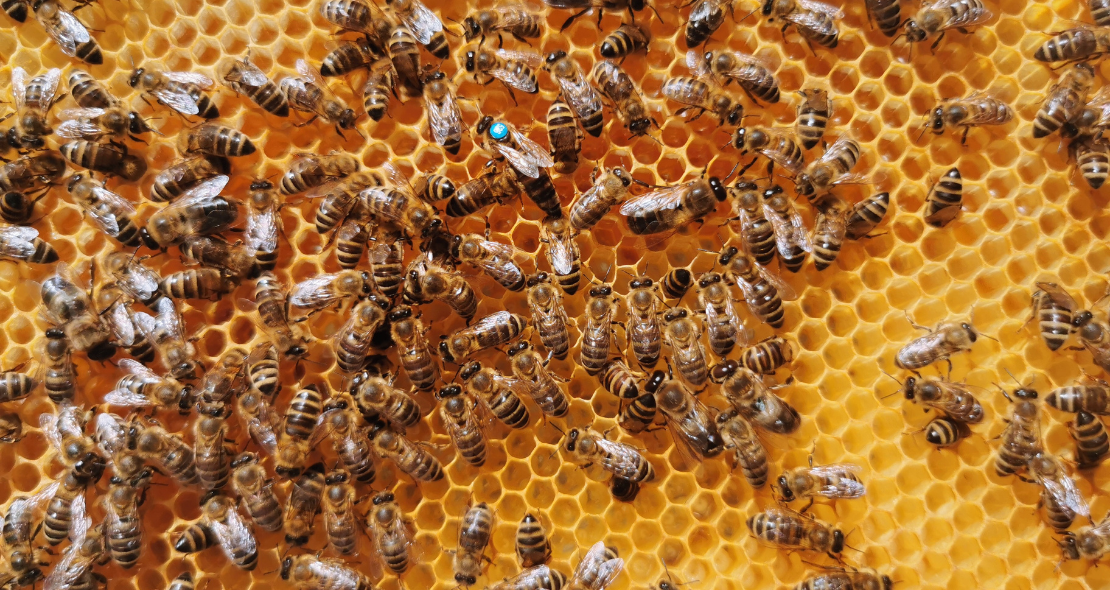At the beginning of April, a serial of online events marked the finalization of the EU initiated EURBEST study entitled “RESTRUCTURING OF THE HONEY BEE CHAIN AND VARROA RESISTANCE BREEDING & SELECTION PROGRAMME” (www.eurbest.eu). The project started in 2018 and now it is recognized as the biggest ever study on honey bees where the main focus was the assessment of the availability of Varroa resistant stock and the impact on European apiculture. The project was executed in 7 European countries where more than 150 beekeepers and breeders had a chance to evaluate more than 20 pre-selected genetic lines and compare them to the locally used commercial stock. The results show that Varroa resistant stock is available and valuable for use even under commercial beekeeping operations, but with regard to the importance of the local adaptation. However, during the interactive online WS and Closing conference, besides the lively discussion and presentation of the main findings, the participants (dominantly beekeepers and breeders from more than 30 countries) through surveys were asked to identify the main challenges for proper implementation of the breeding programs and queen production. In both polls (screenshots), mating control was highlighted as one of the most challenging aspects of the breeding activities, and that also require special attention.
With such outcome and interest in honey bee mating control, it is evident that the main idea behind the BeeConSel project (www.beeconsel.eu) currently is in the central attention. Thus, with support from our project, we have a unique chance to work directly on improving the most challenging breeding aspect in Slovenia, Croatia and Macedonia as well as in a broader sense in Europe. It is interesting to point out that our colleagues Dr Uzunov, Dr Andonov and Dr Kovacic, are core experts involved in both complementary projects, BeeConSel and EURBEST.





